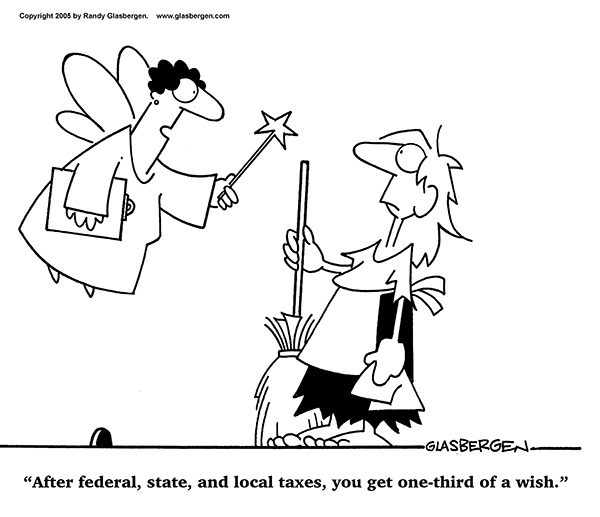There are many ways to potentially reduce your tax burden. Here are three tax planning concepts that you should be familiar with.
When you defer taxes to later years, any earnings compound without being reduced by income taxes. As a result, your investment may grow at a faster rate than if earnings were subject to income tax each year. In some cases, such as with a qualified plan or a traditional IRA, tax deferral may be combined with an initial tax deduction or exclusion from income for contributions.
Tax deferral can be provided by tax-advantaged accounts that generally defer any taxation until distributions are made. Examples include qualified plans and IRAs, annuities, health savings accounts (HSAs), Coverdell education savings accounts (ESAs), and 529 plans. Taxation of capital gains is generally deferred until property is sold. Tax deferral may also be available through the use of strategies such as installment sales and like-kind exchanges.
Tax deferral can be the most beneficial when you defer tax until a time when your tax rate will be lower, or at least when it will be no higher. If your tax rate will be higher later, there may still be an advantage to tax deferral, but you’ll need to run the numbers to determine whether the benefits of tax deferral might overcome the higher tax rate.
Example: You make a nondeductible contribution of $5,000 to a traditional IRA. Assume you will be subject to a 28% income tax rate, both now and in the future. If you earn a 5% annual rate of return for 20 years, the $5,000 will grow to $13,266, with an after-tax value of $10,952. (If you made a deductible contribution of $5,000 to a traditional IRA and placed any tax savings from the deduction in a side fund, the after-tax value of the IRA plus the side fund after 20 years would generally be even greater.) If instead you simply saved $5,000 in an account that is taxable each year, the $5,000 would grow at a 3.6% after-tax rate to $10,095 in 20 years. This is $857 less than with the tax-deferral advantage of making a nondeductible contribution to a traditional IRA.*
Interest income from municipal bonds can generally be received free of federal income tax. Qualified distributions from Roth IRAs, Roth 401(k)s, HSAs, ESAs, and 529 plans can also be received free of federal income tax. In some cases, such as with a Roth IRA, tax deferral may be combined with tax-free income.
Example: You make a nondeductible contribution of $5,000 to a Roth IRA.
If you earn a 5% annual rate of return for 20 years, the $5,000 will grow to $13,266, with no federal income tax on qualified distributions.*
The tax rate on long-term capital gains and qualified dividends is generally 0% for taxpayers in the 10% and 15% tax brackets, 15% for taxpayers in the 25% to 35% tax brackets, and 20% for taxpayers in the 39.6% tax bracket. In some cases, such as with stock, special tax rates may be combined with tax deferral.
Example: You purchase stock that pays no dividends for $5,000. Assume you will be subject to a 15% capital gain tax rate, both now and in the future. If the stock increases 5% in value each year and you hold on to the stock for 20 years, the $5,000 will grow to $13,266, with an after-tax value of $12,027.*
Example: You purchase a dividend-paying investment for $5,000. Assume you will be subject to a 15% capital gain tax rate, both now and in the future. If you earn a 5% annual rate of return consisting of qualified dividends and long-term capital gains that are taxable each year, the $5,000 will grow at a 4.25% after-tax rate to $11,460 in 20 years.*
Note: To the extent that distributions from tax-advantaged accounts such as qualified plans and IRAs, annuities, HSAs, ESAs, and 529 plans are subject to tax, ordinary income tax rates apply; they generally do not qualify for special capital gain tax rates.
